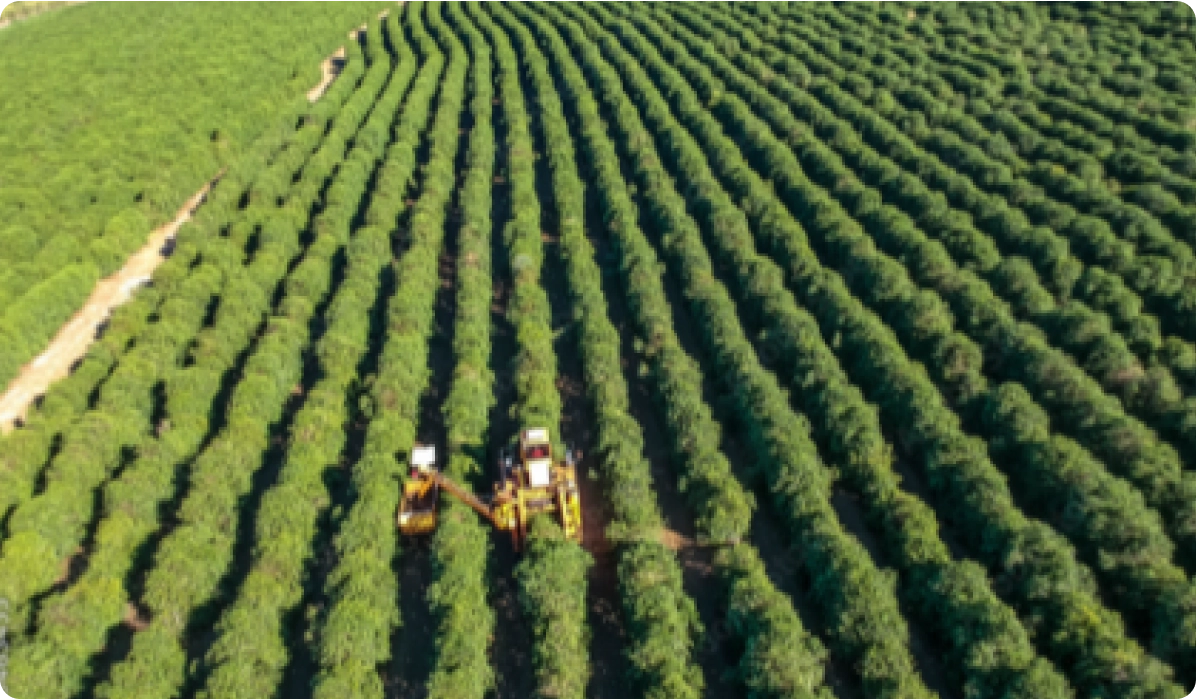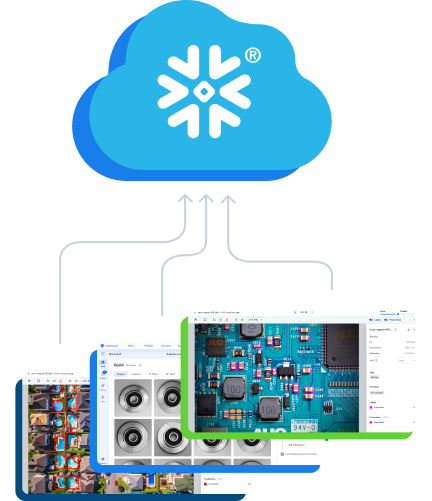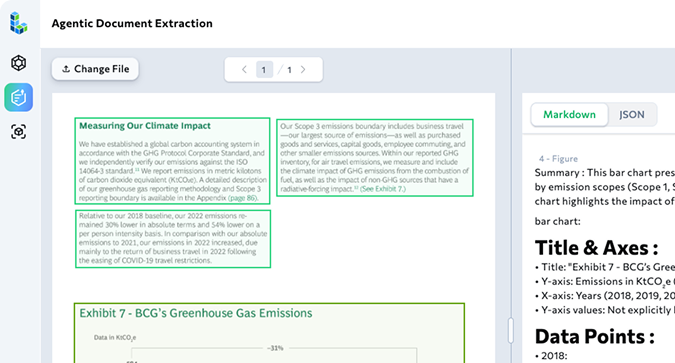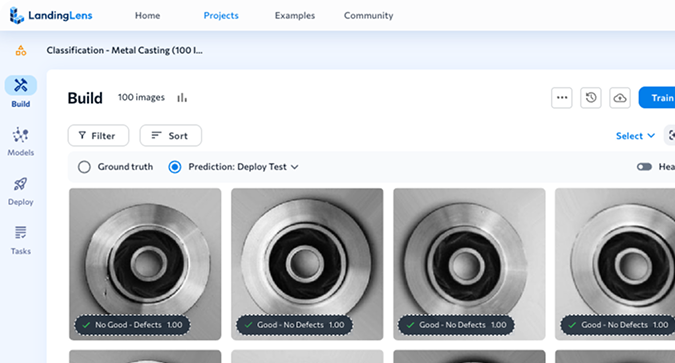
Applications of Computer
Vision in Agriculture
LandingLens enables always-on, continuous inspection and analysis for images streams. With very low false positives, LandingLens introduces highly reliable AI-powered computer vision and machine learning solutions for every aspect of agriculture and food production, such as grading, sorting, labeling, counting, and much more.
LandingLens Benefits for Computer Vision
and AI in Agriculture
LandingLens democratizes computer-aided vision by making it super-easy to configure, train, and deploy your own tailored agricultural application. The end-to-end LandingLens platform standardizes deep learning solutions, helping to cut development time, enable near-limitless scaling, and deliver rapid results. Learn more about the benefits of computer vision in agriculture:
Reduce Manual Workload
- Many agricultural tasks require simple counting, perhaps of livestock, ripe fruit, or sown fields. LandingLens provides high-accuracy automation for counting tasks that greatly reduces the manual counting workload. In addition, the underlying AI can complete multiple tasks simultaneously, such as checking for disease or monitoring behavior.
- LandingLens provides actionable data that can be used to plan the best allocation of resources. For example, data provided by LandingLens helps identify when disease treatments should be applied, or (for livestock) when food levels are low, helping to ensure efficient operations, optimize production, and enhance profitability.
Improve Total Productivity
- Maximizing agricultural efficiency depends on a vastly complex array of interactions, from irrigation to soil defect diagnosis, from animal health to input feed costs. For example, successfully targeted irrigation can lead to higher yields, reduced water consumption, and improved soil condition. Similarly, for livestock early disease detection can prevent veterinary costs, reduce losses, and improve sale prices.
- By deploying AI-powered computer vision from LandingLens to monitor crop and livestock health, pests, yields, and much more, many manual tasks can be replaced with accurate, reliable automation at much lower cost, helping to improve total agricultural productivity and profitability.


